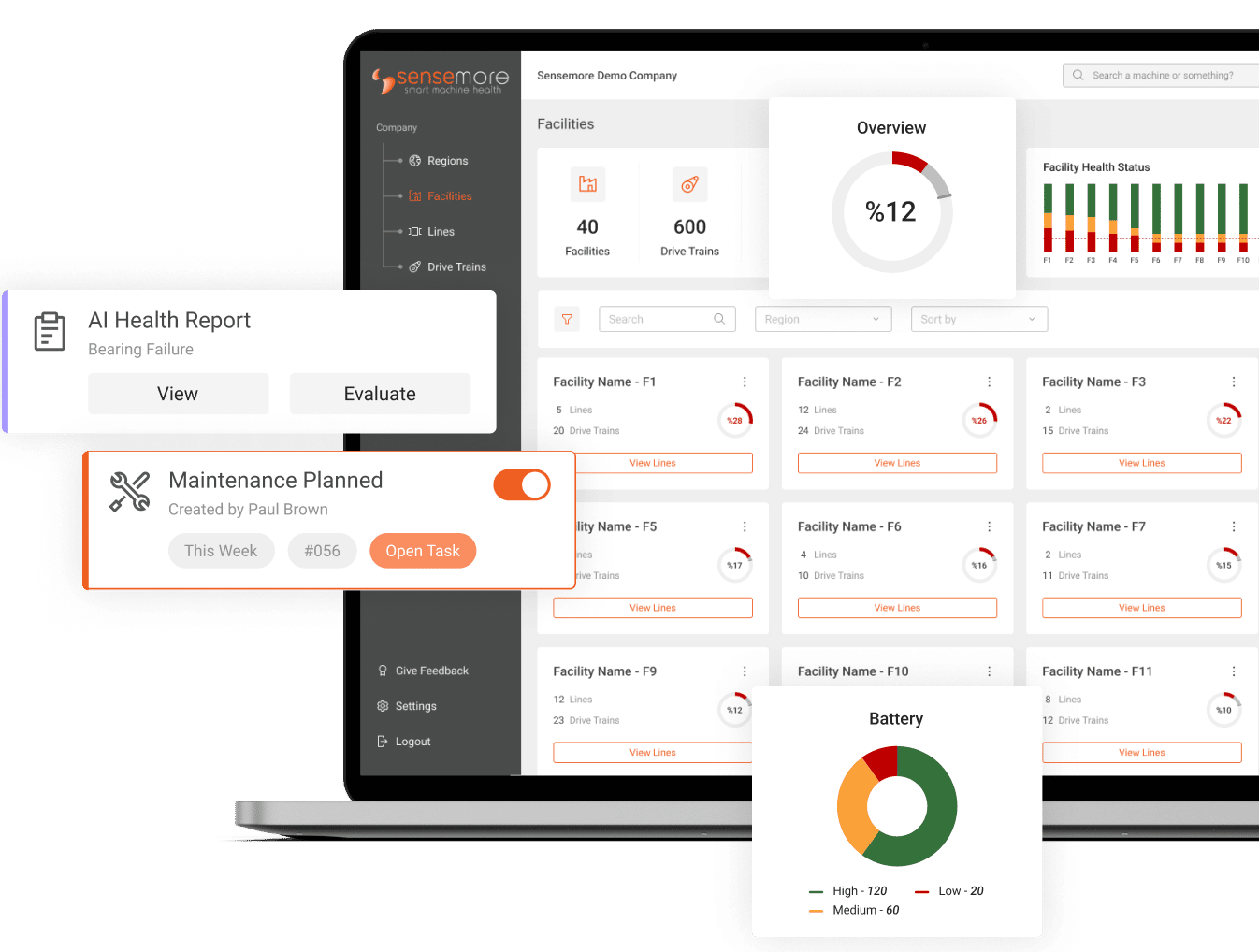Maintainability refers to the ease with which equipment can be kept in good working order through maintenance and repair. It’s a key consideration in industrial settings. Maintainability is a quantitative measure of how easily an item, such as industrial equipment, can be maintained. Several factors influence maintainability:
- Design of the equipment: Well-designed equipment with accessible components and clear service points tends to have higher maintainability.
- Maintenance procedures: Clear, well-documented maintenance procedures contribute to maintainability by guiding maintenance personnel in performing tasks efficiently.
- Skill of maintenance personnel: Competent and adequately trained maintenance personnel can ensure maintenance tasks are carried out effectively, enhancing overall maintainability.
- Availability of parts: The availability of spare parts and components affects maintainability, as quick access to necessary parts minimizes downtime during repairs.
Importance of Maintainability
Maximizes uptime
Maintainability directly influences equipment uptime, which is vital for continuous operations in industrial settings. Equipment with high maintainability can be repaired swiftly, minimizing downtime and ensuring smooth production processes.
Allows for faster repairs and restoration of function
High maintainability enables maintenance personnel to diagnose and address issues promptly, leading to faster repairs and restoration of equipment functionality. This rapid response reduces the duration of downtime, maximizing overall uptime.
Prevents unexpected downtime and disruptions
By facilitating swift repairs, maintainability helps prevent unexpected downtime and disruptions in production schedules. Proactively addressing maintenance needs ensures equipment reliability and reduces the risk of costly unplanned downtime.
Reduces maintenance costs
Maintainability contributes to cost savings in industrial maintenance by streamlining repair processes and minimizing resource utilization.
Simpler repairs require less time, labor, and parts
Equipment with high maintainability characteristics typically requires simpler repair procedures, leading to reduced labor hours and lower labor costs. Additionally, fewer replacement parts may be needed, resulting in savings on spare parts inventory and procurement expenses.
Easier to perform routine preventive maintenance
Maintainable equipment is easier to service during routine preventive maintenance activities. Regular inspections and maintenance tasks can be conducted efficiently, helping to identify potential issues early and prevent costly breakdowns.
Improves operational efficiency
Maintainability enhances operational efficiency by minimizing downtime, reducing maintenance costs, and supporting consistent production output.
Less downtime allows for higher production levels
High maintainability ensures minimal disruption to production processes, allowing industrial facilities to maintain higher levels of productivity. By keeping equipment in optimal condition, organizations can meet production targets and fulfill customer demands efficiently.
Easier to meet production targets and schedules
Maintainability enables organizations to adhere to production schedules and meet deadlines reliably. With equipment that is easy to maintain and repair, industrial operations can operate smoothly, reducing the risk of delays and ensuring timely delivery of goods and services.
In conclusion, maintainability is a critical aspect of industrial maintenance, impacting equipment uptime, costs, and operational efficiency. By focusing on designing equipment for optimal maintainability and implementing effective maintenance strategies, organizations can enhance their overall productivity and competitiveness in the marketplace.
Recommended Blog Posts
September 4, 2023
Powerful Signal Analysis Tools for Vibration Analysis
Predictive maintenance, crucial for machinery reliability, heavily relies on vibration analysis. Techniques like FFT…
September 4, 2023
Rotating Machinery Vibration Analysis
Vibration analysis is a critical tool in various industries like manufacturing, power generation, and transportation.…
December 28, 2022
Fault Diagnostic Technique Using Machine Mode Similarity Analysis
AI can diagnose machine faults with vibration data but machine mode similarity analysis is an alternative, it uses…
September 15, 2022
Understanding Rotating Machinery Data
Machine data is generated by physical attributes and actions of machines, collected by sensors and analyzed for…
August 6, 2021
Envelope Analysis
Bearings are critical elements in rotating machines, they support radial and axial loads, and reduce friction. Real…
May 6, 2021
What is Cepstral Analysis?
Cepstral Analysis, a tool used to detect periodicity in frequency spectrum, can be useful in gearbox fault detection in…
October 9, 2020
How is Fault Detection Performed?
Vibration measurements and analysis, using multiple parameters, can identify developing problems in machinery before…
September 21, 2020
Parameter Selections in Vibration Measurement
Vibration measurements are used to determine the response of machines to forces and identify potential issues. It is…
September 4, 2020
What is Vibration Analysis?
Vibration analysis can be used to discover problems in machines and predict when they might fail. It can significantly…












